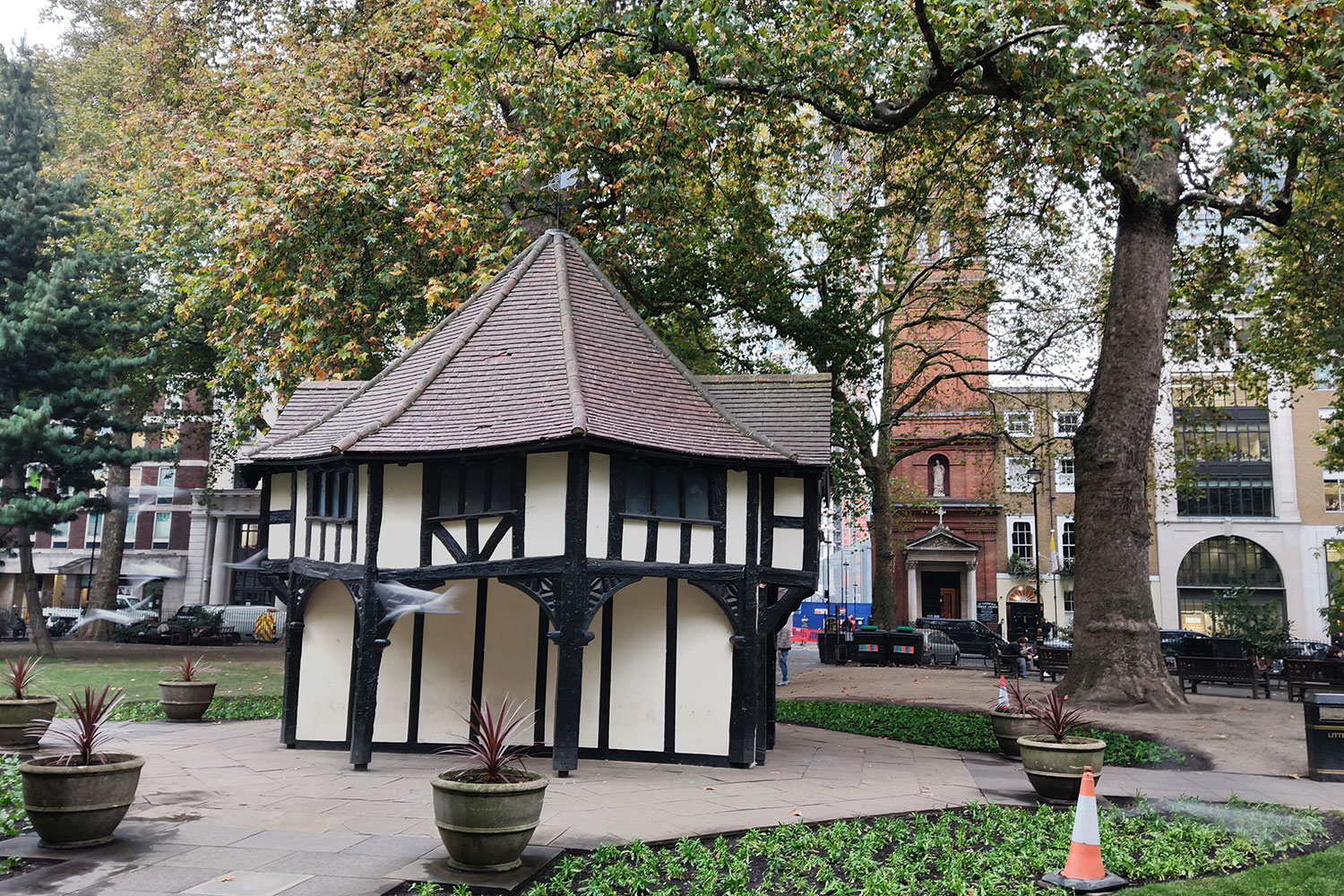“The Razer Phone is a brilliant gaming device, but not a well-rounded smartphone.”
- Amazing phone for gaming
- Loud front stereo speakers
- Great build quality
- 120Hz screen is more than a gimmick
- Included DAC makes wired headphones sound great
- Camera is only average
- Not water resistant
- Expensive
Do newcomers need to cater to a niche audience to survive in the smartphone world today? Razer is a gaming company that has dipped its toes in other categories like wearables, but now it has introduced its first smartphone: The Razer Phone. It’s being promoted to a relatively niche audience — mobile gamers and Android enthusiasts — but it manages to look like a normal smartphone.
The question is, does it do anything another high-powered smartphone can’t? In our Razer Phone review, we found the camera to be lackluster, but this is a phone that certainly has some standout features.
Minimalist with chunky bezels
Remember the Nextbit Robin? It was an unusual phone that utilized cloud storage in a very “mobile-friendly” way. Razer acquired Nextbit earlier this year, which is why the Razer Phone shares a similar design. We think you’ll either love or hate the chunky, blocky style, with its sharp lines, squared off shoulders, and minimal fuss.
It’s made from anodized metal with a soft texture to it, and feels so substantial and well put together, we almost expect the floor to crack in the event of a fall. Subtle it’s not, but the design has grown on us.
It’s a big phone that shuns the 18:9 aspect ratio and bezel-less trend for large stereo speakers above and below the 5.7-inch, 2,560 x 1,440 pixel screen. The matte black finish amps up the Razer Phone’s monolithic look; the antenna bands blend into the body; and the power key doubles as the fingerprint sensor, Sony Xperia-style. There are two volume buttons on the left edge, and they’re circular in shape.
A massive Razer logo dominates the rear, but that’s all in terms of branding. The limited edition version of the Razer Phone adds a splash of green to the logo on the rear.
The Razer Phone really does deliver a superior mobile gameplay experience.
Minimalist and fuss-free it may be, but it’s not pretty. Put it next to almost any other 2017 flagship phone, and it looks not only giant, but also very 2016 due to the chunky edges around the screen. The body is slippery, with nothing to grip at all; and due to its sheer size, just holding on to it is a challenging juggling act.
The fingerprint sensor is frustrating, because it blends into the body without any texture or way to quickly identify it without feeling around. It unlocks the phone really quickly though, and offers a nice vibration when it recognizes your print. After a week of use, you do begin to learn the sensor’s position.
One thing is for sure, no-one will mistake the Razer Phone for any other. In these days of derivative design, that’s a big bonus.
The first smartphone with a 120hz refresh rate
The LCD 5.7-inch screen size and resolution aren’t what make the Razer Phone’s screen special. Rather, it’s the first phone with a screen that offers a 120Hz refresh rate. This means it’s able to show you more frames on the screen per second. It’s especially helpful when gaming, as it makes playing games smoother and more visually impressive.
In reality, the differences in day-to-day use between 60Hz — the standard in smartphones — and 120Hz is like spotting the differences between 1080p and 1440p. They’re there, but only visible in some situations to the eagle-eyed. You can choose your preference of refresh rate (between 60, 90, or 120Hz) in the Razer Phone’s settings, and scrolling through your Twitter feed in 60Hz and 120Hz reveals only a small change in smoother scrolling.
It’s the same when scrolling around the Android operating system. You’ve got to want to see differences to spot them, and we couldn’t find many differences between the experience on it and a Google Pixel 2.
Compare the Razer Phone’s LCD screen to the Google Pixel 2 or Samsung Galaxy S8’s AMOLED panel, and you instantly notice colors don’t pop in quite the same way, and black shades aren’t as deep. It’s also not very bright, especially outside. Razer told Digital Trends only an LCD screen could reproduce the 120Hz refresh rate, hence its use. We’re happy with the tradeoff, and when used on its own without another phone for comparison, the Razer Phone’s screen looks good, and you won’t be disappointed with its performance for video, viewing pictures, or everyday tasks.
A phone for gaming
Playing games is what the Razer Phone needs to do best. It’s the sole reason for the device to exist, and because it comes from a gaming company, there is a reputation on the line. However, every smartphone is capable of playing games, the Razer Phone needs to excel, or at least offer something others do not.
For gaming, the Razer Phone is an unprecedented success.
We’ve talked about the screen’s 120Hz refresh rate already, and it’s in gaming where it comes alive. We played Riptide GP2 and Reckless Racing 3 a lot, which can run at 60Hz, 90Hz, and 120Hz. The good news is these games look and feel amazing at 120Hz. Slick isn’t a descriptive enough word. It really does change the gameplay experience. It’s not more fun, but the game is more playable and you feel more in control of what’s happening. That’s important, particularly if you’re already a part of, or want to be a part of, the growing world of mobile esports. What must be said is that turning Riptide GP2’s refresh rate down to 60Hz was hardly like wading through syrup. It’s still perfectly playable, just not quite as fluidly.
Not every Android game supports alternative refresh rates. If your favourite game isn’t a fast-paced action game or racer, you may not notice the difference even if it does. If you’re wondering how to tell, that’s where Razer’s Game Booster app helps. You can make permanent tweaks to a game’s settings including changing the refresh rate, or even the resolution. Game Booster keeps a list of all the installed titles, and you can change profiles to save battery, or max out the settings for ultimate performance. It’s exactly the kind of tweaking hardcore Android and gaming fans love. It also has an option to silence notifications while playing, but it lacks a quick way to start a gameplay livestream, or link to similar social services.
Razer has struck partnerships with developers to produce games specifically enhanced for the Razer Phone. The ones we know about include Tencent’s pre-installed MMORPG Arena of Valor, and Cmune’s forthcoming survival shooter called Ultra Hunt; but that’s not expected until next year. All the usual games available through Google Play work, but there’s definitely a lack of dedicated games made to exploit the Razer Phone’s talents at launch. If you buy it now, you’ll be gambling that more Razer-only games will come, or need to be satisfied with regular Android games.
A Snapdragon 835 chip with 8GB of RAM means games play well on the Razer Phone, just like you’d expect. The benchmarks are good too:
- AnTuTu 3D: 172,524
- Geekbench 4: Single-core 1,917; Multi-core 6,609
- 3DMark Sling Shot Extreme: 3,597
The 3DMark benchmark is very telling. It’s designed to show gaming prowess, and the result is way beyond the Galaxy S8’s 2,052 score, and above the LG V30, and the OnePlus 5. All three phones use the same processor.
But is gaming on the phone a better experience than on other high-performance Android phones? We were skeptical at first, so to find out we played Reckless Racing 3 on the V30, the OnePlus 5, and the Razer Phone. Again, all three have the same processor, and two share 8GB of RAM. The Razer Phone was by far the best. Crucially, it made us want to play more because it looked better, sounded better, and actually appeared to make us better players. It’s not hype. The Razer Phone really does deliver a superior mobile gameplay experience.
A phone for movies
A software update has increased the Razer Phone’s appeal for movie and entertainment watchers, especially those who subscribe to Netflix. Razer has enabled Dolby 5.1 audio for the Netflix app, but far more appealing is HDR support. HDR on the Razer Phone is stunning. We watched Chasing Coral, a documentary shot for Netflix in HDR, and were truly blown away by how it looks.
The movie-watching experience (and gaming) is improved by the stereo front facing speakers. Two recent software updates have tweaked the audio performance for the better. They’ve always been loud — each speaker has its own amplifier — and completely free of distortion, but now they’re even better sounding than before. The stereo separation is excellent, and the soundscape is packed with detail. Remember, we’re talking about speakers on a smartphone here, not a pair of headphones. They’re really that good. The drawback is the speakers aren’t great with bass, which is distinctly lacking.
There’s no 3.5mm headphone socket on the Razer Phone, but Razer puts a dongle in the box, complete with an inline THX-certified Digital-to-Analog Converter (DAC), ready for your own headphones. It sounds excellent, but we’re disappointed there’s no support for Bluetooth AptX HD for the times you want to go wireless.
Simple software, and two-day battery
A 4,000mAh battery gives the Razer Phone enough energy to make it through two days of regular use, with some quick gameplay alongside everyday tasks. Hit the gaming hard, and use Game Booster to max out the processor, and this figure will tumble. It’ll vary depending on your game, but we didn’t get a full day with heavy use. The good news is the phone has Qualcomm’s Quick Charge 4.0+ onboard — the first phone to do so — and it zipped to about 80 percent charge in a little over an hour for us. You have to use the included charger and cable to get this, and for some reason our early model had a slight buzz to it, which could be heard in a silent bedroom.
The Razer Phone disappointingly runs Android 7.1.1 Nougat instead of the latest Oreo. The company said an update to Oreo will likely come early 2018, but considering Google released the Android version in August, the Razer Phone should come with it. A software update in January added the Janaury 2018 Android security patch.
Still, the software experience is excellent. Uniquely, the Razer Phone comes installed with Nova Launcher Prime over the top, instead of a Razer-designed user interface. It’s dead close to stock Android, with a slide up app drawer, a standard settings menu, and outside of a few games and Razer’s own apps, no bloatware. It’s fast, reliable, and we didn’t experience any problems. Nova Launcher Prime is a popular Android launcher app that has been on the Google Play Store for quite some time. It allows you to customize the home screen of your phone to suit your preference, and it’s a great choice on the Razer Phone as it’s a popular launcher in the Android enthusiast community.
Mediocre camera
The Razer Phone’s camera is mediocre at best. If the Razer Phone was $200, then we’d pass this off as a money-saving trade-off, but the Razer Phone is $700, which makes it unforgivable. There are two 12-megapixel lenses, but there are no features you’d expect like Portrait Mode yet. The only options are an HDR mode, a grid mode, and video. That’s it. It’s like traveling back in time to when cameras had 1-megapixel, and we were pathetically grateful it was there at all.
Times have changed, and we buy phones based on the camera performance. Over the past year, all major flagship phones have launched with amazing cameras. It’s almost a given. The photos the Razer Phone takes are average — even the Xiaomi Mi A1, a $235 phone, packs more features, and the photos it takes are superior.
You won’t buy the Razer Phone for its camera.
Razer knows it needs work, and delivered a software update right at the end of 2017 with some improvements. Before the update, HDR mode took several seconds to process the image after hitting the shutter icon. Now, after the update, it’s faster but still not instant. At least now, there’s less chance of any movement producing an out of focus photo. The HDR mode is aggressive, and really boosts the contrast, colors, and shadows. Not everyone will love the final effect, but it does produce more visually interesting pictures than when HDR is turned off.
The aperture is f/1.7, which should be good in low-light, but our first shots were grainy and the camera had difficulty focusing on a subject. Focus improved with the update, but the images are still low quality, and the HDR mode is very slow. We also found bugs where some low-light pictures weren’t captured properly, resulting in lost photos.
You wouldn’t know it, but the second lens is a telephoto lens that lets you optically zoom in up to 2x like the iPhone 8 Plus. Despite saying it has added a button in the December software update, Razer makes no way of knowing this — there’s no 2x icon in the camera app that quickly jumps to the telephoto lens. Instead, you have to pinch out with two fingers. An indicator has been added to show how much zoom you’re using, and tapping the plus or minus symbol jumps ahead by a notch; but there is no obvious cut-off between hybrid and digital zoom, and no quick way to activate it outside pinching the screen.
Overall, the camera has got better with the update, but this is an incremental improvement, and isn’t leaps and bounds beyond how it was before. Razer says it’s not done with the camera, and it will be improved with Portrait Mode and other special features in a future update. It has started to deliver on this promise, but the competition is so stiff in smartphone cameras, it cannot compare at the moment. We don’t think that’s acceptable in a $700 phone you can buy now.
Price, warranty, and availability
The Razer Phone costs $700 in the U.S. and is now available to buy from Razer. In the U.K., it costs 700 British pounds. It’s also sold through the Three network on a variety of different contracts.
The phone has a limited warranty for a year, and Razer will repair the device or replace parts, provided it falls in the scope of what’s covered. The battery, software, and accidental damage are not covered, for example.
Our Take
The Razer Phone is a brilliant mobile gaming device, just not a brilliant smartphone all-rounder. It’s not good news in a year when so many amazing smartphones are yours to buy for around the same price.
Are there any better alternatives?
The gaming experience on the Razer Phone beats other devices hands down, as does the audio performance from those massive front speakers. If gaming is the reason you’re buying the phone — and if you’re looking at the Razer Phone, it should be — then it occupies that niche all by itself for now.
If you’re looking for a well-rounded phone, then its competition is much stiffer. Based on price, the Razer Phone is competing with some of the major smartphone releases of 2017. The Galaxy S8 can be purchased for less, while the LG V30 and Huawei Mate 10 Pro may cost a little more; but the sum of their parts are considerably better than the Razer Phone. The Google Pixel 2 XL is $150 more, but has a superior camera, a better design, and it gets fast Android updates. The OnePlus 5T is $200 less, has a more attractive design, and the camera is more capable too.
How long will it last?
It’s built like a tank, so you’ll need some heavy artillery to damage the body. Sadly, unlike most flagship smartphones it’s not water resistant. The latest processor and plenty of RAM means it will be powerful enough to last several years. The design looks old now, and will likely look even more aged in 2018, and Razer has no track record with delivering timely Android software updates. We’ll have to see how soon it can deliver Android 8.0 Oreo.
Should you buy it?
No. It’s actually with regret we say this, because when you only count gaming, the Razer Phone is an unprecedented success. However, we don’t play games constantly on our phones. We take photos, need the phone to have a visible screen in bright sunlight, and fit in our pockets. The Razer Phone is chunky, the camera’s unfinished, and the screen is a bit too dim. Like the Essential Phone, it seems the Razer Phone is out a couple of months before it’s actually ready. We look forward to camera improvements, which will help increase its appeal; but at the moment the Razer Phone is indeed a niche device with niche appeal.
Update: We’ve included our thoughts on a recent camera software update, plus added in the recharge time for the battery.





















